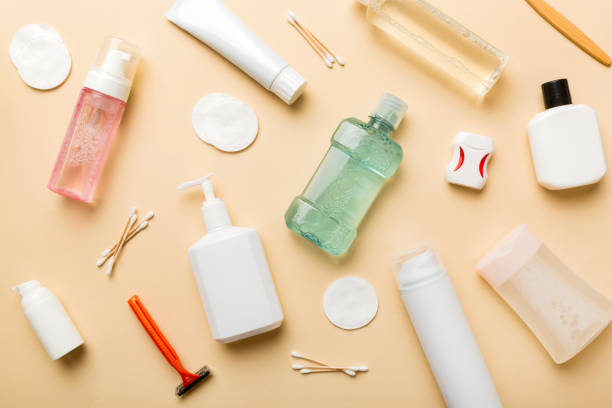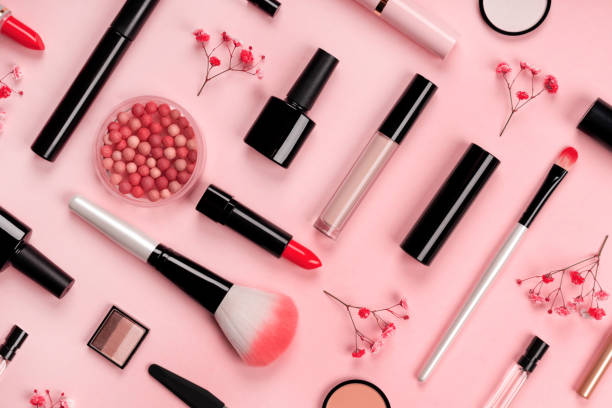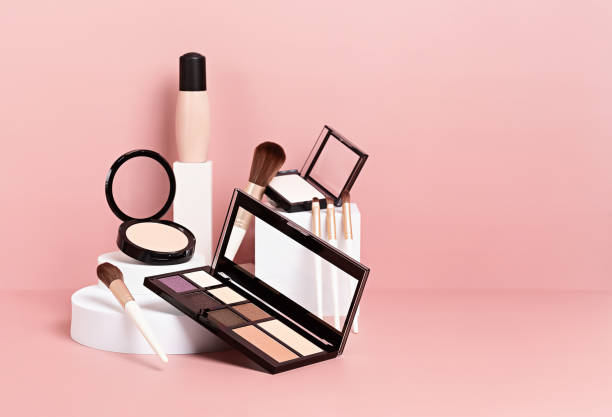In today's pursuit of quality life, when purchasing cosmetics, we should not only pay attention to the brand, but also understand factors such as the stability and sensitivity of the formula and paste. The ingredients of many cosmetics have natural advantages, so it is crucial for consumers to learn to identify the ingredients of cosmetics and use some common sense, while choosing formal purchasing channels to reduce the risk of purchasing counterfeit cosmetics.
How to interpret the ingredient list of cosmetics?
According to regulations, starting from June 17, 2010, all cosmetics sold in China (including domestic production and import inspection declaration) need to truly label the names of all ingredients added to the product formula on the product packaging. The implementation of full-ingredient labeling regulations not only complies with the regulatory requirements of various countries, but also protects consumers’ right to know. It also provides more comprehensive product information, making it easier for consumers to choose products that suit their needs and skin types and avoid allergenic ingredients.


The ingredients in the cosmetic ingredients list have different functions:
Matrix ingredients
This type of ingredient is used in large quantities and is usually at the top of the full ingredient list. It is the medium for active ingredients in cosmetics, including water, ethanol, mineral oil, petroleum jelly, etc.
Skin care ingredients
There are many cosmetic ingredients that have a skin care effect. Their chemical properties are diverse and they help the skin stay moist, firm, smooth, brightened, etc. through different principles, such as glycerin, hyaluronic acid, and collagen hydrolyzate.
Hair care ingredients
These ingredients usually include ingredients that help hair become smooth, such as silicone oil, quaternary ammonium salts, vitamin E, etc., as well as ingredients that help eliminate dandruff, such as zinc pyrithione, salicylic acid, etc.


PH adjusting ingredients
Skin and hair are usually in a slightly acidic state, with a pH value between about 4.5 and 6.5, while the pH of hair is slightly neutral to slightly acidic. In order to maintain the normal pH of skin and hair, cosmetics need to maintain an appropriate pH, but they don’t necessarily have to exactly match the skin’s pH range. Some products that are more alkaline are better for cleansing, while some products that are more acidic are better for helping the skin renew itself. Common acid-base regulators include citric acid, phosphoric acid, tartaric acid, sodium dihydrogen phosphate, triethanolamine, etc.
Preservative
Commonly used preservatives include methylparaben, butylparaben, ethylparaben, isobutylparaben, propylparaben, potassium sorbate, sodium benzoate, triclosan, benzalkonium chloride, methyl chloride Isothiazolinone, methylisothiazolinone, phenoxyethanol, chlorophenol glyceryl ether, sodium dehydroacetate, etc.
Colorant
Colorants are usually identified by a specific number, such as CI (Color Index) followed by a string of numbers and/or letters to indicate different colors and types.
Detergent
Cleansing is a major function of cosmetics, which mainly relies on surfactants. For example, commonly used surfactants in shampoo products and shower gels include cocamidopropyl betaine, sodium lauryl sulfate, sodium laureth sulfate, etc. Natural oils (fatty acids) and sodium hydroxide, potassium hydroxide, etc. are usually used as cleansing agents in cleansing pastes.
Post time: Nov-07-2023

